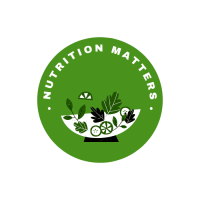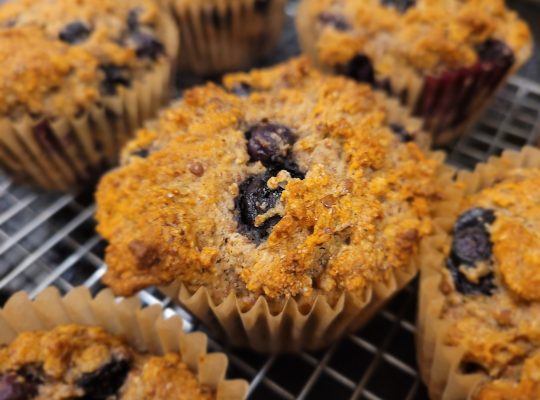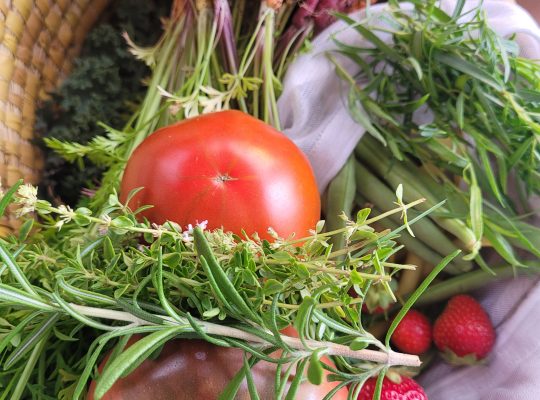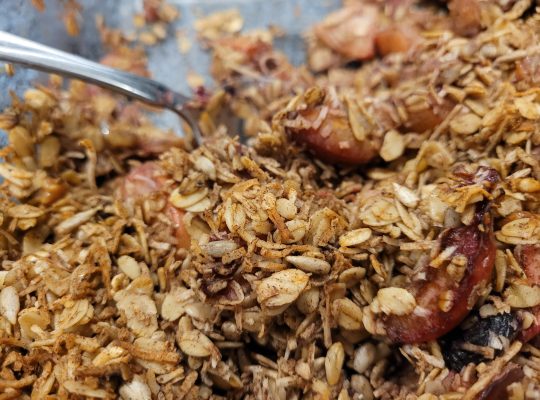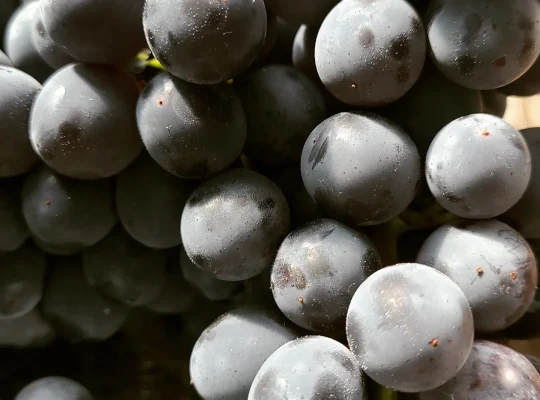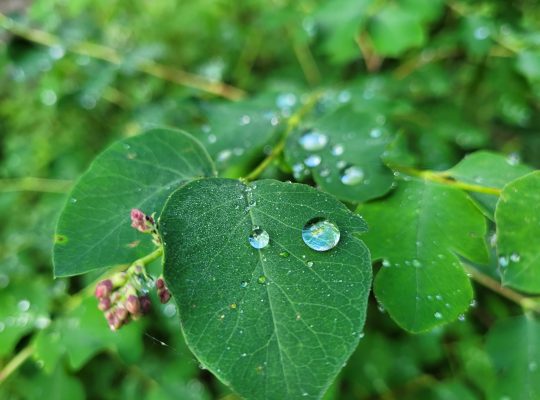Our first home in Kamloops came with a particularly wonderful neighbour. She was 94, lived across the street and had many stories to tell, plus some very valuable life advice.
Her garden was a thriving slice of green paradise, with an old apricot tree reigning over part of it. We often sat in its shade and laughed ourselves silly over cheeky stories and she made sure to remind me that we should never take ourselves too seriously. Noted!
I never got to ask how she made it to that age with so much wit and grit, and strength too, but I guess the answer permeated our many conversations.
It’s not just one thing…
So what’s the one amazing eating protocol that will take you well into your 90s and beyond and you’ll feel like a million bucks every day? is there such a thing? Umm, yes and no.
I should be the one to say yes of course there is, but allow me to be candid: it’s not an A + B = C.
Here are 4 solid reasons why it’s not a simple equation:
- Every one of us is unique and so is your resident microbiome hodgepodge which includes bacteria – both beneficial and deleterious, ideally in balance, viruses, fungi and archaea (bacteria that when found outside the body can survive in extreme environments such as very high or low temperatures, very acidic or salty, or high pressure).
- My choice of food may not feel as good to you as it does to me for the above stated reason.
- Focusing on food alone and ignoring other aspects of healthy living (daily movement, strength training, learning and stimulating one’s brain, being part of a community, having healthy and fulfilling relationships, being involved in projects that match your life values) is a monochromatic, unfulfilling journey which might not take you far enough.
- There is no ‘one size fits all’.
Find your blue
You may have heard of the Blue Zones®, first presented to the world by Dan Buettner, National geographic Fellow, and bestselling author. These are areas in the world, five of them, with the highest concentration of centenarians: Okinawa (Japan), Sardinia (Italy), Nicoya (Costa Rica), Ikaria (Greece), and Loma Linda (California). How do they do it?
They eat real, whole foods, mostly plants though not exclusively (a proven anti-inflammatory way of eating). They are physically active though not hitting the gym as much as you’d think (or ever!), and they are involved in the community, have a network of loved ones, both family and friends, and they have a rich spiritual life, sporting smiles more often than frowns.
Is there a then vs. now?
I think there is, but it’s not a deal breaker. If you explore the way the people in the Blue Zones eat and live, you will likely say it’s reminiscent of the old days.
Many of the modern life conveniences are missing in at least 4 out of the 5 zones, and yet, they are happier, live longer and have a more solid healthspan (more on this below) compared to the rest of the developed world. What gives?
For starters, they do not consume ultra processed foods. They grow a lot of their food and majority of the meals are home-cooked. They eat with the seasons and enjoy quality time, as opposed to being fully engaged in what we refer to as ‘rat race’.
A lot of our modern-day lifestyle illustrates the trade-off that makes our lives seemingly easier but much more hurried, and yes, we do pay a high price for being always plugged in.
Lifespan vs. healthspan
We live longer lives nowadays than our ancestors did, but are we healthier? Before antibiotics were discovered, people relied on good luck and if knowledgeable, on herbal remedies. However, they had few if any of the diseases that are plaguing our modern society, namely the cohort of preventable lifestyle or non-communicable diseases, such as cardiovascular disease, dementia and other neurodegenerative diseases, and cancer.
Our lifespan has improved, but not so much our healthspan. We live longer, but many of us do so in poor health. We have also come to rely too much on the powers of medication, and we also lean too strongly towards ‘having your cake and eating it too.’
All that to say…
Stick to eating real food, and yes, mostly plants. That may come with three major advantages:
- You will ingest plenty of fibre and polyphenols which feed your gut and help reduce inflammation.
- It’s possible that you may frequent the farmer’s market a lot and get to know a community of like-minded people.
- There’s a high chance you will find yourself with your hands in the dirt, wanting to grow your own food (this means you’ll improve your microbiome because healthy soil is amazingly rich in microorganisms, some of which will temporarily inhabit your gut and impart many benefits!).
If you want to have some animal-based foods, go ahead, but choose organic and locally-produced whenever possible and consume in moderation.
However, all of this is made a lot better if you eat with joy and ideally not alone (most of the time anyway). Also, make time to move your body and add meaning to your days. Oh, and don’t take yourself too seriously. It seems to work a lot better when you do it that way.
